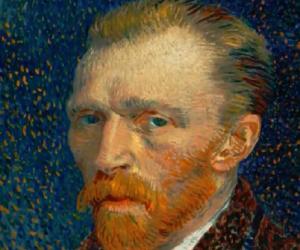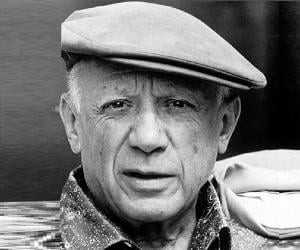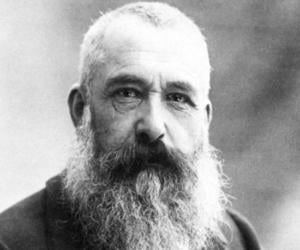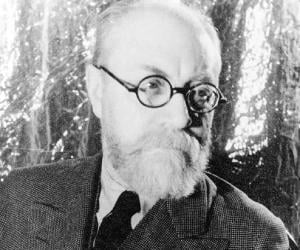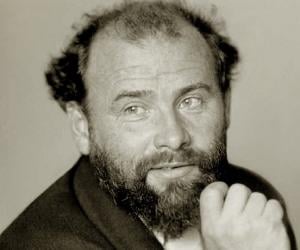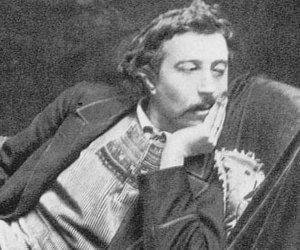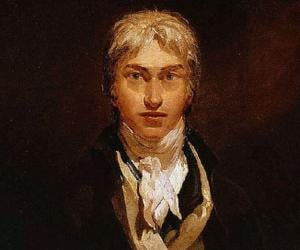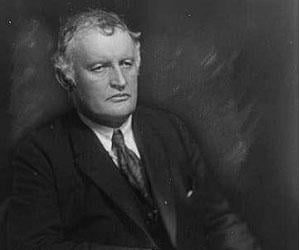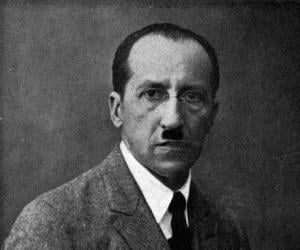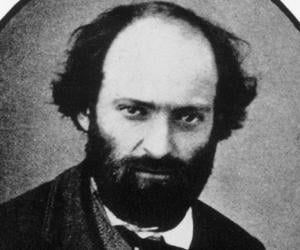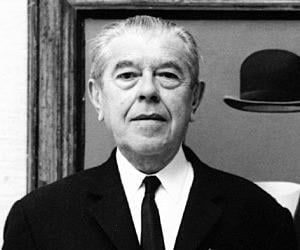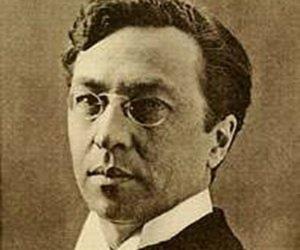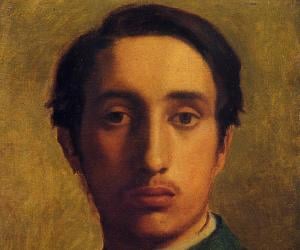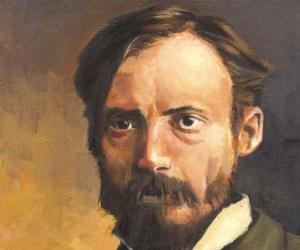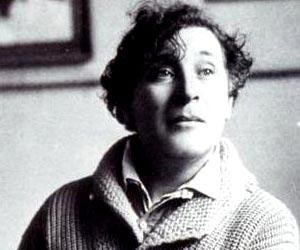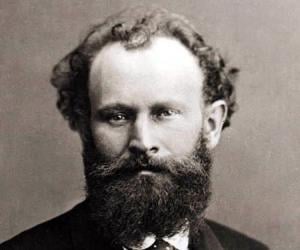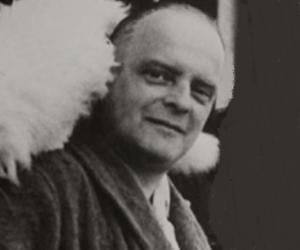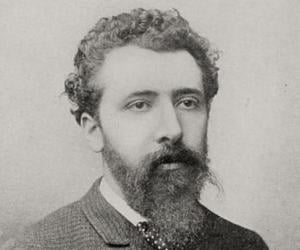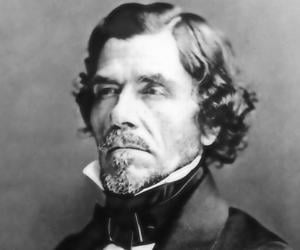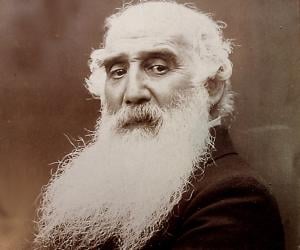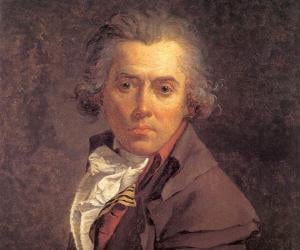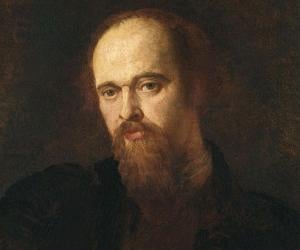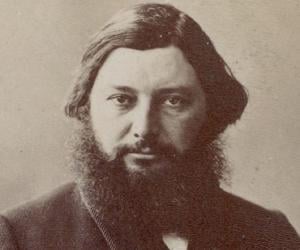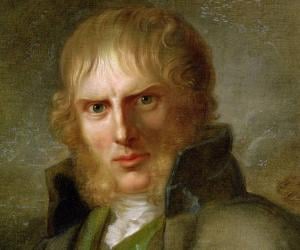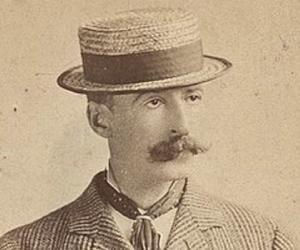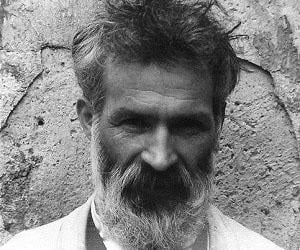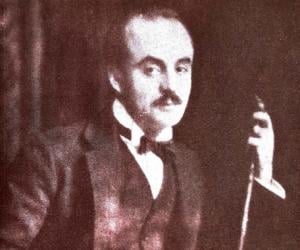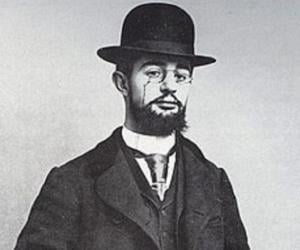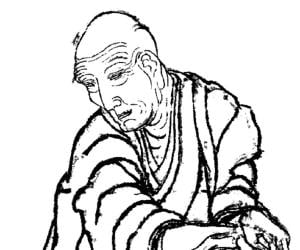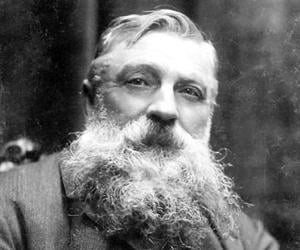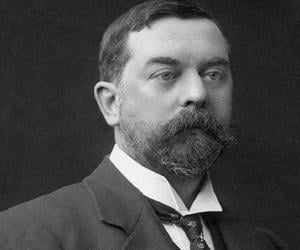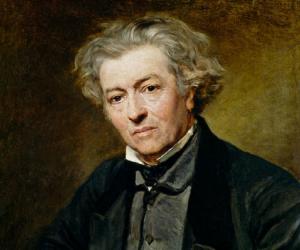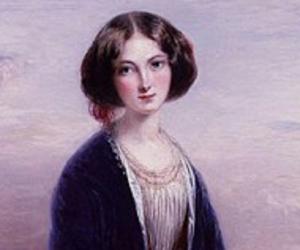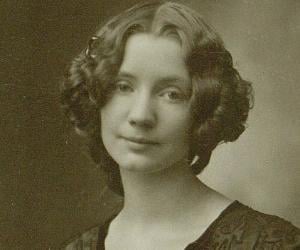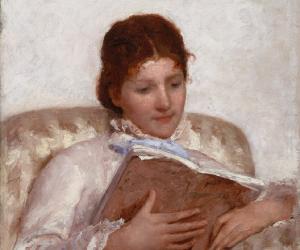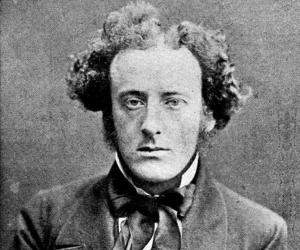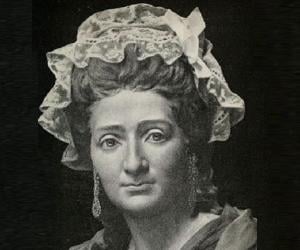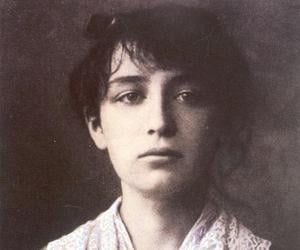Vincent van Gogh was a Dutch post-impressionist painter and is said to be one of the most famous and influential figures in the history of Western art. However, he was not commercially successful in his lifetime and died by suicide at 37 after years of mental health issues and poverty. He gained recognition and respect in the 20th century.
Pablo Picasso was a renowned artist whose paintings sell by millions of dollars at auctions even today, many years after his death. With masterful strokes, attractive shades and rich textures, Picasso created some of the most visually impressive arts of the 20th century. While exploring new styles and experimenting with different techniques, Picasso co-founded Cubist art style and co-invented collage.
Claude Monet was a French painter. The founder of French Impressionist painting, Monet's painting Impression, soleil levant gave rise to the term Impressionism. Often dubbed the driving force behind Impressionism, Monet mastered the art of painting the same scene several times so as to capture the changing of the light. Since his death, his paintings have sold for record prices.
Henri Matisse was a French artist. Although he was known for his skills as a painter, Matisse was also a renowned sculptor, printmaker, and draughtsman. Along with Picasso, Matisse is regarded as one of the artists who contributed immensely to the revolutionary developments in visual arts. His works also influenced other painters who would adopt a technique called intense colorism.
Austrian symbolist painter, Gustav Klimt, was one of the most prominent members of the Vienna Secession movement. His primary subject was the female body, and he produced numerous paintings, murals, sketches, and other art objects. He was known for his deliberate painting style. He successfully avoided personal scandal despite having an active sex life.
J. M. W. Turner was an English printmaker, painter, and watercolorist best remembered for his imaginative landscapes and expressive colorizations. Intensely reclusive and eccentric throughout his life, Turner lived in poor health and squalor for the last few years of his life. He was portrayed by actor Timothy Spall in the 2014 biographical film, Mr. Turner.
Norwegian painter Edvard Munch is remembered for his iconic works The Scream and The Frieze of Life - A Poem about Life, Love, and Death. His paintings exhibited themes that reflected his own psychological states. He was a significant member of the Symbolism movement but was banned by the Nazi.
Dutch painter Piet Mondrian is remembered for pioneering what is known as 20th-century abstract art. He co-founded the De Stijl art movement with Theo van Doesburg and gave rise to Neoplasticism. His art was influenced by Cubism. Many of his paintings consist of geometric shapes in particular sets of colors.
French artist Paul Cézanne was a prominent Post-Impressionist painter and influenced much of the early-20th-century movement known as Cubism. Some of his notable works include The Card Players, The Bathers, and Pyramid of Skulls. He experimented with water colors and had created a host of still-life paintings.
French Impressionist artist Edgar Degas is best remembered for his oil paintings and pastel drawings and for his signature use of dancers and bathing women as themes in his works such as Fin d'Arabesque and Woman in a Tub. He had also experimented with bronze sculptures and called himself a realist.
French artist Pierre-Auguste Renoir, father of actor Pierre Renoir and director Jean Renoir, was a key Impressionist painter. His best-known works include The Swing, Diana, and Seated Girl. He was known for his use of vibrant colors and feminine sensuality in his works. He also painted landscapes and portraits.
Russian-French artist Marc Chagall, a key figure of modernism, had explored a wide range of media as an artist, from paintings and drawings to stained glass and ceramics. His major projects included the ceiling of the Paris Opéra, the Art Institute of Chicago, and the Jerusalem Windows of Israel.
Édouard Manet was a French painter who played a key role in the transition to Impressionism from Realism in the 19th-century. Manet was one of the first artists from his generation to paint modern life. His early masterworks, such as Olympia, served as rallying points for young and aspiring impressionist painters. His works continue to influence painters around the world.
A significant figure of the Post-Impressionist era, Georges Seurat depicted structured art, far removed from the free-flowing Impressionist art. Best known for techniques such as pointillism, he created masterpieces such as Bathers at Asnières. He died before his last exhibition ended, and eerily displayed an unfinished painting, Cirque.
Eugène Delacroix was a French Romantic artist who is widely regarded as the patriarch of the French Romantic school. As a muralist and painter, Delacroix's study of the optical effects of color inspired the work of the Impressionists. In fact, his work inspired a generation of impressionists.
Camille Pissarro was a Danish-French painter best remembered for his contributions to Impressionism, Neo-Impressionism, and Post-Impressionism. He is credited with establishing a group of 15 aspiring artists, for which he served as a pivotal figure. He was regarded as a father figure to several important painters, including Vincent Willem van Gogh.
Jacques-Louis David was a French painter. Widely regarded as the greatest painter of the Neoclassical era, David's works had a strong influence in France in the early-19th century. His works are often linked to the birth of Romanticism. Many of his pupils, such as Antoine-Jean Gros and Jean-Auguste-Dominique Ingres, went on to become successful and popular painters.
Known for founding the Pre-Raphaelite Brotherhood, Dante Gabriel Rossetti was a legendary poet and painter of the 19th century. His illustrations also adorned the books of his poet sister Christina Rossetti. Known for volumes such as The House of Life, he also influenced the Aesthetic movement.

Alexander Calder was an American sculptor best remembered for his innovative kinetic sculptures designed to use either motor, air currents, or other forces of nature. A multi-talented personality, Calder was also known for his paintings, miniatures, prints, jewelry design, theater set design, political posters, and tapestries and rugs. In 1977, he was honored with the prestigious Presidential Medal of Freedom.
Caspar David Friedrich was a German painter best remembered for painting mid-period allegorical landscapes. Widely regarded as the most important German painter of his era, Friedrich is celebrated as an important figure of the German Romantic movement. His works have influenced several painters, including Johan Christian Dahl, Arnold Böcklin, and Christiane Pooley.
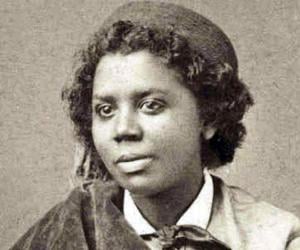
Edmonia Lewis was an American sculptor who worked in Rome for most of her career. The first African-American sculptor to gain international prominence, Lewis was also the only Black female artist to have participated and recognized by the American artistic mainstream until the end of the 19th century. Molefi Kete Asante included Lewis in his 100 Greatest African Americans list.
Winslow Homer was an American illustrator and landscape painter. He is best remembered for painting marine subjects. A pre-eminent figure in American art, Homer is widely regarded as one of the most important painters in 19th-century America. Although he never had any students, Winslow Homer's works influenced subsequent generations of American painters.
Constantin Brâncuși was a Romanian sculptor, painter, and photographer. A pioneer of modernism, he is considered one of the most influential sculptors of the 20th-century. The son of poor parents, he worked hard to fund his training at the Bucharest School of Fine Arts and became a skilled sculptor. He left behind 1200 photographs and 215 sculptures at his death.
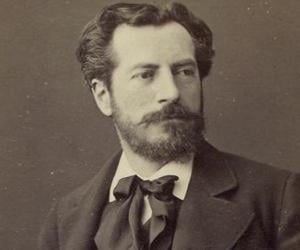
Frédéric Auguste Bartholdi was a French painter and sculptor remembered for designing the Statue of Liberty. He is also credited with designing other iconic statues like The Lion of Belfort and Marquis de Lafayette. In addition to being a sculptor, Bartholdi also played an important role in the Franco-Prussian War of 1870, serving as a liaison officer to Giuseppe Garibaldi.
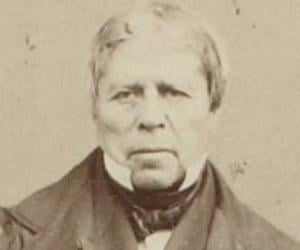
Lebanese author and poet Khalil Gibran is best remembered for his bestselling works The Prophet and Broken Wings. One of the leaders of the Mahjar movement of Arabic literature, he specialized in incorporating mythological and mystical symbols in his works and was inspired by Friedrich Nietzsche and William Blake.
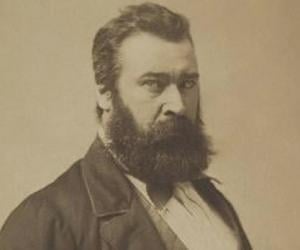
Katsushika Hokusai was a Japanese printmaker, ukiyo-e painter, and artist of the Edo period. He is best known as the creator of the monumental Thirty-six Views of Mount Fuji, a series of landscape prints, which includes the iconic print, The Great Wave off Kanagawa. He is credited with transforming the ukiyo-e art form to include a much broader style of art.
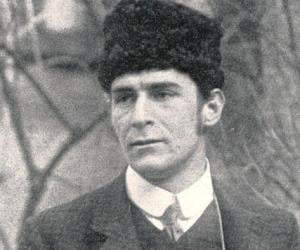
Best known as one of the founders of the German Expressionist group The Blue Rider, German painter Franz Marc mostly depicted animals through his works. The Tower of Blue Horses and Yellow Cow are two of his notable works. Children and the mentally disabled also appeared as his subjects.
John Singer Sargent, an artist active in the late 19th and early 20th centuries, was considered the "leading portrait painter of his generation." Prolific in his output, he created more than 2,000 watercolors and around 900 oil paintings. He also made numerous sketches and charcoal drawings. He painted with remarkable technical acumen and was internationally known for his expertise.
French painter Camille Corot is remembered for his landscape paintings that paved the path for the Impressionist movement. Born into a milliner’s family, Corot was a poor student and shunned his family business to learn painting at 25. His works, however, were easy to replicate and led to many forgeries.
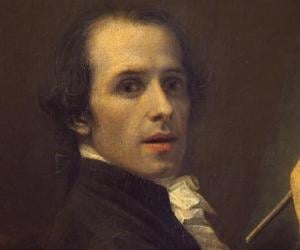
Antonio Canova was an Italian Neoclassical sculptor widely regarded as the greatest of the Neoclassical artists. He was famous for his marble sculptures. His work was inspired by the Baroque and the classical revival. His most notable works include Psyche Revived by Cupid's Kiss and Perseus Triumphant. Unlike many of his contemporaries, he refused to take in pupils.
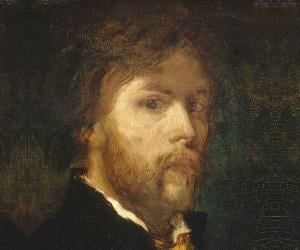
French Symbolist painter Gustave Moreau is best remembered for his erotic paintings of mythological and religious figures. His works were deeply influenced by Théodore Chassériau, his teacher, and later by the Italian Renaissance. The Apparition and Jupiter and Sémélé remain two of his best-known works.
Effie Gray was a Scottish painter. She was married to draughtsman and watercolorist, John Ruskin, before leaving him to marry John Everett Millais. This popular love triangle has been depicted in several plays and films, including the 1912 silent movie, The Love of John Ruskin. After marrying Millais, Effie Gray had a major influence on his works.
Gerda Wegener was a Danish painter and illustrator. She began painting as a young girl and received her training at the Royal Danish Academy of Fine Arts. As a painter, she often depicted confident and elegant women performing a variety of activities in her works. She also painted fashion illustrations and what was labeled “lesbian erotica.”
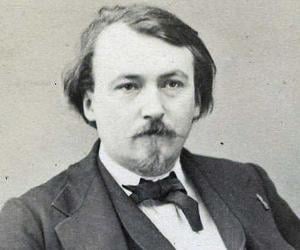
Best known for his wood-engraving, Gustave Doré was a child prodigy who began his artwork at the tender age of 5. A master lithographer and caricaturist, he began his career with Journal pour Rire. He also worked on commissions from authors such as Cervantes, Milton, and Dante.
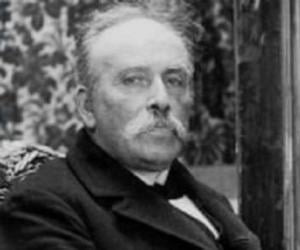
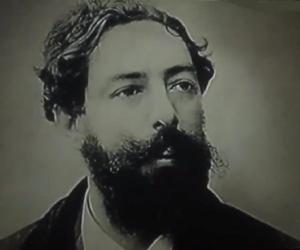
Painter and printmaker James Ensor spent most of his life in the North Sea fishing port of Ostend, away from hustle-bustle of big cities. Yet, he left a significant influence on every aspect of the modernist movement; from symbolism and expressionism to dada and surrealism; also a signature style that involved radical distortion of form, muddled surface and riotous color.

Marie Tussaud was a French artist and sculptor best remembered for her wax sculptures. She founded Madame Tussauds, a wax museum, in London in 1835. The museum is a major tourist attraction today. As a young girl, she learned wax modeling from doctor cum wax modeler Philippe Curtius. In the ensuing years, she became a prominent sculptor.
French sculptor Camille Claudel is also popularly known as legendary sculptor Auguste Rodin’s student, mistress, and muse. Claudel also contributed to many of Rodin’s masterpieces but never got any credit for it. After her relationship with Rodin soured, she became alienated and eventually died in an asylum.
